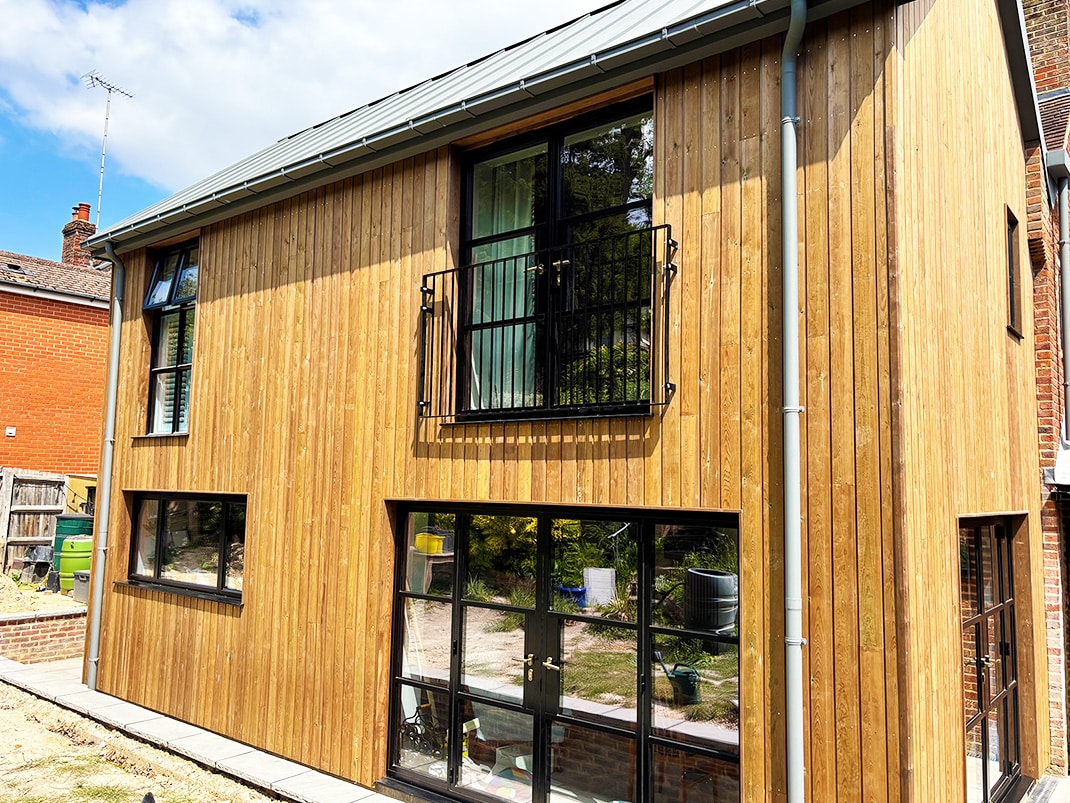The construction industry has a reputation for moving slowly in adopting new methods and technologies. This largely stems from a risk-averse culture that prioritizes real-world experience and “known quantities” over novel ways of doing things, even when those “novel ways” might be better in the long run.
There’s a grain of truth in this characterization, but the truth is that many in the construction industry are eager to follow new trends when the benefit is clear. Seasoned practitioners like Karim Allana know that “same old, same old” doesn’t always work — or, at least, that it works until it doesn’t any longer.
Allana and many of his peers are convinced that the construction industry faces one of the most exciting and unpredictable periods in its history. Here are five trends these veterans are watching in 2024 and beyond — trends that their peers would do well to keep an eye on too.
Table of Contents
1. Higher Energy Efficiency Requirements in Newer Building Codes
The latest edition of the International Building Codes, released in 2024, is the most energy-efficient yet. To be sure, builders aren’t going to rush to adopt these codes, as many states retain less strict requirements on the books and appear to be in no hurry to update them. Stricter construction codes, after all, do increase construction costs, though they benefit building owners in the long run through lower operating costs.
Nevertheless, the direction of travel toward more efficient buildings is clear. We’re already seeing a “green premium” placed by homeowners and commercial building users who want to pay as little as possible for electricity, gas, and water. There’s still time for construction pros to capitalize before everyone else follows.
2. A Shift Toward Electric Heating
Heightened awareness of the pollution generated by fossil-fuel appliances is pushing more homeowners and small business owners toward electrification. In most homes, the single biggest source of fossil-fuel pollution is space heating, so it makes sense that many forward-thinking builders and contractors are replacing gas or oil furnaces with electric heat pumps.
As with the general trend toward efficiency, it’s still early days for heating electrification, creating a growth opportunity for contractors who offer it now.
3. Changing Insulation and Building Enclosure Materials
From a non-expert perspective, building enclosure and insulation materials don’t seem to change all that fast. Asphalt roof shingles were common 50 years ago and they’re still common today, for example.
However, the building materials space is in a constant state of subtle change. Asbestos insulation is no longer allowed in new builds, and asbestos removal remains an important business for some contractors; newer windows and siding materials typically incorporate more energy-efficient, weather-resistant materials as well. Contractors should pay close attention to customers’ expectations in these areas and evolve as necessary to serve them.
4. Changing Structural Materials
Building techniques and structural materials are evolving as well. In commercial and multifamily builds, mass timber is slowly gaining favor over traditional steel and concrete construction, while some new homes incorporate innovative modular construction techniques that allow for faster, more repeatable builds.
Education and training are key for construction pros who want to stay ahead of these trends. Investing in new skills now could pay off big time in the future.
5. Normalizing Supply Chains
One bit of good news for the construction industry and the customers it serves is the fact that after several chaotic years, supply chains for most building materials and many utility components have normalized. Prices have come back down to earth, lead times have shrunk back toward historical levels, and supplying a project generally takes less effort than it did in 2021 or 2022.
Do challenges remain? Yes. How long will this return to normalcy last? No one is quite sure. But it’s worth celebrating in the meantime.
What’s Next for the Construction Industry?
Some in the construction industry would prefer to keep doing things how they always have. Who doesn’t like “easy” or “predictable,” after all? If you can get both, all the better.
However, construction technology, building materials, and the regulatory environment might not allow “easy” and “predictable” to continue for much longer. The industry, like the rest of the world, is changing in both good ways and bad.
No one in this business has a crystal ball, not even seasoned pros like Karim Allana. But at the very least, it would be wise for those who make their living in construction to expect and prepare for a very different future.





